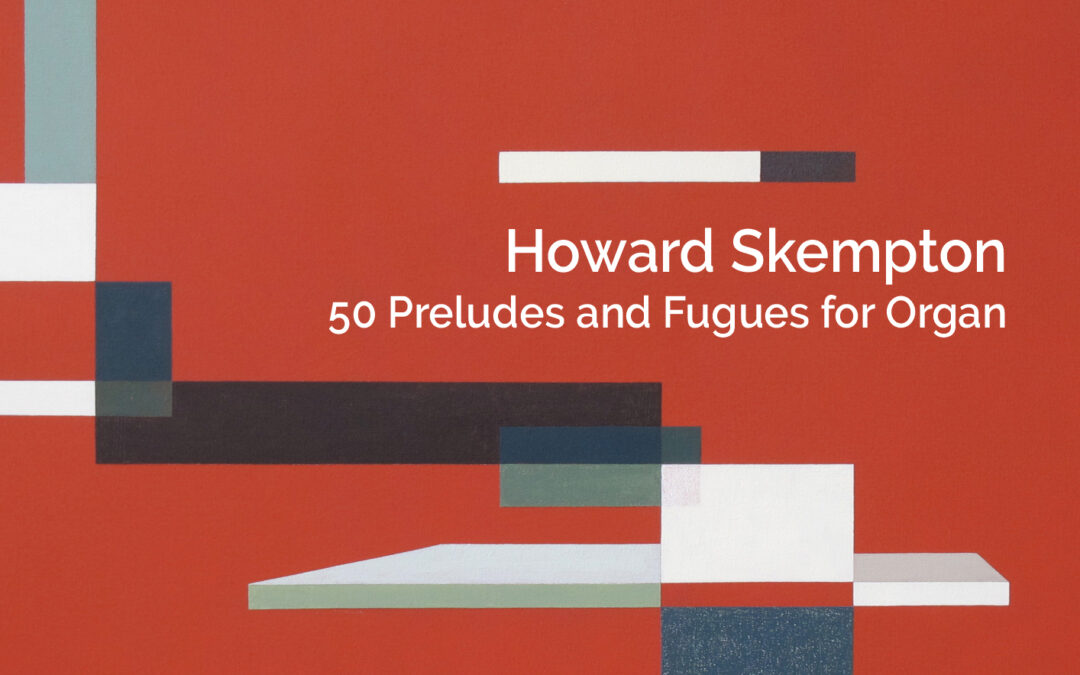Two CDs, First Recordings
Matthew Owens organ
RESONANCE CLASSICS RES10336
The composer’s note to this recording of Howard Skempton’s ‘50 Preludes and Fugues for Organ’ begins by expressing the likely reaction of many people when first encountering this project.
Skempton says, ‘As a young composer who had studied with Cornelius Cardew and who was clearly associated with English Experimental Music, it would have seemed quixotic to embark on sets of preludes and fugues.’ He explains that he had written short pieces for piano which were largely melodic or chorale-like. He now regards several of these as ‘prototypes’. His first commission for solo organ was for Kevin Bowyer in 1994 entitled Nature’s Fire. He also cites what he terms Cardew’s ‘imaginative engagement’ with the organ in The Great Learning (1971).
There are 58 tracks on this double CD and one cannot hope to convey more than a brief idea of what is contained. However, the overwhelming impression is one of ‘imaginative engagement’; not just with the instrument but with the musical forms of prelude and fugue, so familiar to players of the keyboard. Some of the Preludes clearly hark back to the composer’s earlier piano pieces, some are canonic, others more melodic. The sustaining power of the organ allows slowly shifting sonorities, such as the Prelude on track 10, which is one of the longer examples.
One feature which some listeners may find disconcerting is that many of both the Preludes and the Fugues seem to finish rather abruptly. Matthew Owens in his excellent Performer’s Note, quotes from Howard Skempton – conversations and reflections on music, ed. Esther Cavett and Matthew Head. In it Skempton makes his position clear on what he regards as an important feature of any composition:
‘To me the ending is crucial because, if an ending is properly crafted, it opens the piece up rather than closing it down. The great endings, like the ending of Beethoven’s Eighth Symphony, first movement, has a sense of launching off and then stopping and leaves the listener open to the next movement, that wonderful Allegretto. A good ending is like shining a light in a different direction.’
While the inspiration for the two sets very evidently comes from Bach’s Well-Tempered Clavier (the 48 Preludes and Fugues), Owens reveals that it was at his suggestion that Skempton should conclude each set (numbers 25 and 50) with an extra pair, each founded on the letters of Bach’s name, B-A-C-H, thus providing a musical acknowledgment of the source.
The additional pieces help to provide some further context for the two sets, and the organs of St George’s, Hanover Square and Merton College, Oxford sound splendid having been vividly captured by the recording engineers. This is a fascinating compendium of Skempton’s art for the organ which will repay repeated listening.
Review by Martyn Strachan

